Hey there, have you heard about the mysterious river tucked away in the countryside of northern France? It’s like a secret hiding in plain sight, with stories and legends waiting to be discovered. Get ready to dive into the forgotten artery, a river that’s brimming with surprises and intriguing history. We’ll follow its journey from its mysterious beginnings to where it ends, uncovering the ecological wonders, historical secrets, and challenges that have shaped its path. Be prepared to unravel the tales of this enigmatic waterway, promising an adventure that will leave you amazed by the hidden treasures that lie within its flowing waters.
A Journey Through the Rivers of Northern France
Northern France, a region stitched together by a network of rivers, offers a fascinating glimpse into the power of nature and its impact on history, ecology, and everyday life. These aren’t just bodies of water, they’re veins carrying lifeblood throughout the land.
The Seine River, arguably the most famous resident, takes center stage as it glides through the heart of Paris. Its iconic bridges, familiar from countless postcards and films, stand as silent witnesses to centuries of history. Imagine strolling along the Seine’s banks, the City of Lights twinkling as the water reflects its golden glow—it’s a truly magical experience.
But the rivers of Northern France hold diverse stories. The Somme, for example, whispers tales tinged with both tragedy and resilience. Its peaceful banks belie the tumultuous battles fought along them during the World Wars. Today, preserved trenches and memorials serve as poignant reminders of the past, prompting reflection on the sacrifices made and the enduring human spirit.
However, these rivers are much more than historical landmarks. They teem with life, providing sanctuary to a vast array of creatures. Migratory birds make their seasonal journeys along these waterways, while fish dart beneath the surface. The rivers nourish a rich tapestry of plant life, painting the landscapes with vibrant colors.
Their impact extends far beyond the natural world. The rivers are essential to the region’s economy, providing water for agriculture and industry. They quench the thirst of bustling cities and sleepy villages alike. In many ways, life in Northern France revolves around the ebb and flow of these vital waterways.
Beyond their practical importance, these rivers offer endless opportunities for adventure and relaxation. Picture yourself drifting along on a leisurely boat tour, the gentle rocking of the water lulling you into a state of tranquility. Or perhaps you crave something more exhilarating? Then grab a kayak and navigate the currents, feeling the spray of the water on your face as you paddle through picturesque landscapes. Whether you seek peace or excitement, the rivers of Northern France have something to offer everyone.
It’s important to remember that our understanding of these intricate ecosystems is constantly evolving. Scientists are continually making new discoveries about the biodiversity they support and the impact of human activity on their delicate balance. There’s still much to learn, and ongoing research will undoubtedly reveal even more fascinating secrets hidden beneath the surface.
So, the next time you find yourself in Northern France, take a moment to appreciate the rivers that have shaped this remarkable region. They are a testament to the enduring power of nature and a source of endless wonder for those willing to explore their depths.
What River Runs Through Northern France?
So, we’re chatting about rivers in Northern France, huh? We’ve got a whole bunch of them weaving through the countryside, but there’s one main character we need to talk about: the Seine. Think of it as the leading river in a movie about Northern France.
Now, the Seine isn’t just chilling in one spot. This river starts its journey way up in north-central France and meanders its way through some pretty famous scenery, including the heart of Paris! Can you picture those romantic walks along the riverbanks? Finally, after a good 776 kilometers (that’s almost 482 miles!), the Seine says “au revoir” and empties into the English Channel over at Le Havre.
But hold on, the Seine isn’t just about good looks. This river has been a VIP in France for centuries. We’re talking way back when – it was a superhighway for trade and transportation. And let’s not forget those postcard-worthy bridges, like the Pont Neuf and Pont Alexandre III, that just scream “Paris!”
Now, I know what you’re thinking, “Is the Seine the only river in Northern France?” Of course not! There are plenty of other rivers in the mix, each with its own story to tell. Take the Somme River, for example. This river has seen its fair share of history, especially during World War I and World War II. It’s a somber reminder of the past and the sacrifices made.
The point is, these rivers aren’t just lines on a map. They’re like the veins of Northern France, pumping life and history into the region. They’ve shaped the land, the people, and the stories we tell. Pretty cool, right?
What are the 4 Rivers in France?
When we think about the beauty and diversity of the French landscape, we often overlook the essential role its rivers play. While France might not immediately come to mind when we envision majestic rivers, it actually boasts a remarkable network of waterways that are integral to its very essence. Among them, four rivers stand out as the true giants: the Seine, the Loire, the Garonne, and the Rhône. These rivers are more than just visually stunning; they have profoundly influenced the country’s history, culture, and economy.
Each of these rivers possesses a unique personality and charm. The Seine, for instance, gracefully meanders through the heart of Paris, earning its reputation as possibly the most romantic river in the world. Then there’s the Loire, renowned as the longest river in France, which winds its way through breathtaking countryside dotted with enchanting castles, creating a scene straight out of a fairytale. Down south, the Garonne plays a crucial role in agriculture, sustaining the region’s fertile farmlands. And lastly, we have the Rhône, a unique river that distinguishes itself by flowing south towards the Mediterranean Sea, unlike its northward-flowing counterparts.
Here’s a quick recap:
- France’s Four Major Rivers: The Seine, Loire, Garonne, and Rhône are the heavy hitters of the French river system.
- Flowing to the Sea: These rivers are classified as “fleuves,” a French term indicating they flow directly into the sea.
- Seine’s Star Power: The Seine River is the most famous, renowned for its iconic bridges and its central location in Paris.
- Rhône’s Southern Journey: The Rhône River stands out by flowing south to the Mediterranean, unlike the other major rivers that flow north.
- Beyond Scenic Beauty: These rivers are not just for show; they play a critical role in transportation, tourism, and supporting France’s agricultural industry.
What River Rises in Northern France?
Northern France, with its picturesque countryside, is interwoven with a network of charming waterways. Among these, one river stands out, embarking on its journey in the region’s north and ultimately making its way to the vast expanse of the English Channel. Can you guess which river this might be?
It’s none other than the Seine! But this isn’t just any ordinary river; it proudly holds the title of the longest river in all of France. Spanning over 776 kilometers, its journey begins in the Langres Plateau, located in northeastern France, and culminates at Le Havre, where it meets the sea. Talk about an epic adventure!
The Seine has held immense significance in France for centuries, serving as a vital artery for transportation, trade, and even as a source of drinking water. Its influence extends to some of France’s most iconic landmarks, including the Eiffel Tower, the Louvre Museum, and Notre Dame Cathedral, all of which owe a debt of gratitude to the river’s presence.
Today, the Seine has become a beloved tourist destination, offering a plethora of activities and experiences. Visitors can embark on leisurely boat tours, stroll along its scenic banks, or simply find a peaceful spot to unwind and soak in the captivating views.
Here’s a quick recap of the Seine River’s highlights:
- France’s Longest: The Seine River holds the prestigious title of being the longest river in France.
- Epic Journey: It flows for 776 kilometers, originating in the Langres Plateau and emptying into the English Channel at Le Havre.
- Historical Significance: The Seine has played a critical role in transportation, trade, and water supply throughout history.
- Iconic Landmarks: It flows past famous landmarks such as the Eiffel Tower, Louvre Museum, and Notre Dame Cathedral.
- Tourist Hotspot: The Seine is a popular tourist destination offering boat tours, scenic walks, and opportunities for relaxation.
What are the 8 Rivers in France?
Continuing our exploration of France’s intricate water systems, it’s remarkable how this country, with its diverse landscapes, is crisscrossed by these natural waterways. We’re not just talking about any ordinary streams; we’re delving into the realm of eight major rivers that have left an indelible mark on France’s history, culture, and even its national character.
In the north, flowing into the North Sea, we encounter a quartet of significant rivers: the Rhine, Meuse, Scheldt, and Yser. These rivers serve as the lifeblood of the region, each contributing to the north’s unique character and charm.
As we shift westward, we encounter the Seine, Loire, and Garonne rivers, gracefully making their way to the vast Atlantic Ocean. Imagine the stories these rivers could tell, having witnessed centuries of change, development, and human endeavor.
Finally, in the south, the mighty Rhône River commands attention. Not only is it the largest river in France, but it also distinguishes itself by flowing southwards into the Mediterranean Sea, defying the conventional northward flow of its counterparts.
What sets these rivers apart is that in France, they are not merely referred to as “rivers”; they are known as “fleuves,” a term reserved for rivers that flow directly into the sea. This distinction is akin to bestowing upon them a title of honor, recognizing their crucial role in connecting the country to the wider world.
These rivers are far more than just scenic elements in the landscape; they have played vital roles in transportation, enabling the movement of goods and people throughout history. They have nourished the land, supporting agriculture and influencing local cuisines. And, of course, they have inspired countless artists and poets, becoming inextricably woven into the fabric of French culture.
Take the Seine, for example. Arguably the most famous of the French rivers, the Seine flows through the heart of Paris, gracing the city with its presence. Strolling along its banks, one can admire iconic bridges like Pont Neuf and Pont Alexandre III. A romantic boat tour offers a unique perspective of the city’s charm, highlighting the Seine’s integral role in Paris’s identity.
Then there’s the Rhône, with its resolute southward journey. Some researchers suggest that this unique flow direction may have played a significant role in ancient trade routes, connecting different parts of Europe in ways that continue to intrigue historians and archaeologists. The Rhône serves as a reminder that these rivers hold secrets yet to be fully uncovered.
Our understanding of these rivers is constantly evolving. New research may reveal surprising connections between their geological history, the communities they support, and the delicate balance of their ecosystems. There’s always more to learn, even about something as seemingly straightforward as a river.
So, the next time you think of France, don’t just picture the Eiffel Tower or croissants. Remember the eight magnificent rivers that have shaped this country’s destiny: the Rhine, Meuse, Scheldt, Yser, Seine, Loire, Garonne, and Rhône. Each one has a story to tell, a story deeply entwined with the soul of France.
Are you curious to know what the most beautiful river in the world is? Click what is the most beautiful river in the world to get your answer, now!
- Unlock 6000+ words beginning with he: A comprehensive analysis - April 20, 2025
- Mastering -al Words: A Complete Guide - April 20, 2025
- Master Scrabble: High-Scoring BAR Words Now - April 20, 2025
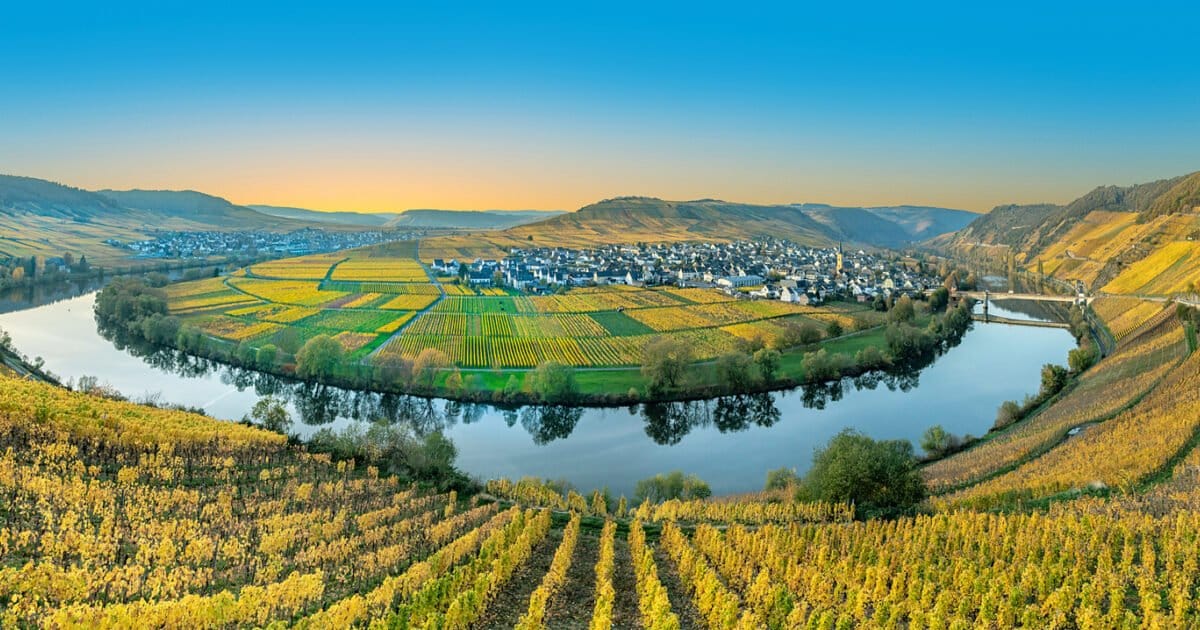
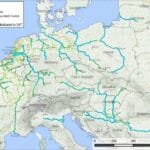
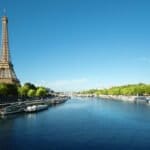
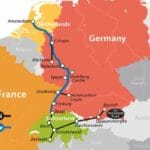

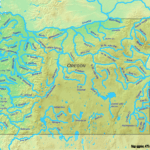
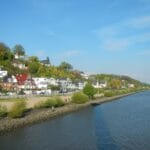










1 thought on “The Forgotten Artery: Exploring a River in Northern France”
Comments are closed.